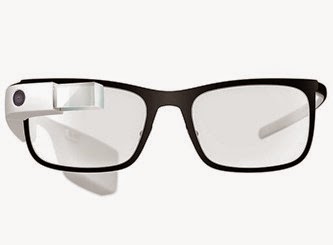By Hayden Hilgenhold
Nikolai Begg’s Trocar
So first let’s first state what a trocar is. Laparoscopic surgery is a minimally invasive surgery. The doctor makes 3 or more holes in the skin of the surgery site and use long, tube like, devices to do the surgery completely inside the body. This sounds great right? Less scarring, less of a chance of infection, less pain, and a shorter recovery time. Only one problem. The danger of the trocar. The trocar is a long, pointed, metal device used to punch holes where needed for the surgery and there is always the chance that the patient may be injured from the trocar plunging down and hitting something vital.
Nikolai Begg noticed this problem, and that this problem has been around for 100 years. So he solved it. He made an auto retracting trocar. When the trocar finally pierces through the skin, making the entry point for the surgery, it retracts back up into itself in a .04 seconds. And the engineering behind it is rather simple. There is a spring also that wants to pull the tip back. Then it has 2 hinged beams that when pressure is applied to the tip it holds in place against the sides of the box containing the spring. When you puncture the skin the pressure holding the tip in place is released, causing the tip to retract. Knowing laparoscopic surgery causes almost 30,000 complications a year, this is an amazing device. It’s so simple, and simply changing the world.
Memory Implants
How often do you forget things? If you’re anything like me you do it a lot. However I don’t have any mental complications that cause this. Imagine having a complication such as Alzheimer’s. What if there was a way to use technology to give these people their memories back, or to make sure they never lose them in the first place.
Well a man by the name of Theodore Berger thinks he’s done it. Having cracked the code to the electrical pulses that create and recall long term memory, he believes he can put a silicon chip in someone’s head that can store these memories and recall them as easily as a perfectly functioning human brain. Human tests have yet to be ran; the idea seems to out there to be approved and/or to receive consent from any volunteers. However, in theory it should work perfectly. Will it? Only time will tell.
Reverse Fuel Cell
On the definite edge of this article and the farthest in the future the reverse fuel cell is a.) possible and b.) revolutionary. What is a reverse fuel cell though? Well a regular combustion engine takes in oxygen, mixes it with fuel, and creates energy via combustion. The waste? CO2, something that can lead to climate change. So what does a reverse fuel cell do? It takes CO2 out of the air and mixes it with a fuel and emits clean oxygen. Sounds great right? Well yes and no. There is the issue where plants need CO2. Also there aren’t very many environments on earth where CO2 is in mass abundance, yet. However, NASA has been testing this engine on Mars and it has been working fairly well there. Here’s my thoughts. Take your regular combustion engine, let’s say a 4 cylinder. Now run the exhaust into a second engine instead of out into the environment, this second engine using a reverse fuel cell. Then run its pure emissions of oxygen out into the environment. Of course no you may say, what about the trees. Well there will always be regular cars. They will now just have a balance. While I’m sure this idea isn’t wholly original and has been thought about before, I’d like to think of it as my own. So, there you have it, three technologies to change the world.
Sources
Trocar
http://www.ted.com/talks/nikolai_begg_a_tool_to_fix_one_of_the_most_dangerous_moments_in_surgery#
Memory Chip
http://www.technologyreview.com/featuredstory/513681/memory-implants/
Reverse Fuel Cell
http://www.washingtonpost.com/posteverything/wp/2014/08/27/these-revolutionary-technologies-promised-to-help-save-us-from-climate-change-so-what-happened/



















